Using hyperlapse for branded content
TCC’s freelance Camera Operator and Photographer Tom Chambers talks using hyperlapse for branded content and his behind-the-scenes projects for Xbox’s Halo Wars 2 promotional campaign, PlayStation’s Nioh street art commission and Google Play’s Indie Games Contest.
According to timelapse video producer Geoff Tompkinson’s blog, the difference between a timelapse and hyperlapse is characterised by the range of motion. In a timelapse the action in a scene is sped up and the camera is either static or moving very short distances. A hyperlapse, on the other hand, has no such limitations; it enables the camera to be moved over considerable distances that allows fully controlled complex motion paths and camera angle changes.
Tom first stumbled across hyperlapses on YouTube a few years ago when he watched a timelapse video of Moscow at night. “I’d never seen anything like it before” he says. “I assumed the technique would be too hard to do, so I didn’t try it at the time, but the video made a lasting impression on me. Since then, I’ve been interested in timelapses because they combine my love of photography and video. It enables the creation of something that lets us see time passing by, things that otherwise would escape our perception. The hyperlapses are a new exploration of timelapses as the camera is moving whilst time is passing, and it creates a really interesting effect. I saw a hyperlapse of Big Ben used as part of a broadcaster news feature and I thought there were definitely ways of improving it which is when I decided to give it a go myself! I did a bit more research into how to do them and then went out and started shooting.”
London
For several weeks, Tom spent his time creating one of his first hyperlapses, choosing to capture the metropolis that is London. He uses his skill in timelapse (patience being crucial!) to highlight everything we see in daily life but reintroduces the surrounding beauty that we may miss whilst being absorbed in work or life in general. He featured this on his social media and it received a great reaction – one of the most creative compliments on the video states; “My eyes feel like how my mouth felt when it first tasted pizza.”
Halo Wars 2
After the successful response to his London timelapse, he was approached by a friend who knew someone looking for a camera operator who could do timelapses. “He put us together and we got on really well on the job!” Tom says. “It just goes to show how having an online presence and showcasing your work can make a real impact.”
He worked with Director Sariel Heseltine to document the building of a sci-fi film set using his Canon EOS 5D Mark III and tripod. This was for an interactive experience that saw a number of YouTube gaming influencers play the new Halo Wars 2 game inside a custom-built construction.
To highlight the work that went into the construction of the set, he made timelapses from 25 locations on set. The interactive experience also included an abundance of sci-fi props and live action played on screens surrounding the gamers with actors playing Halo characters from the game barking orders to intensify the tension and overall experience.
PlayStation’s Nioh street art
After the Halo project, Tom landed a job with PlayStation to promote the release of action role-playing PS4 game Nioh, working with street artist Jim Vision of End of the Line, a company that paints large-scale graffiti murals.
Tom was really pleased with the result: “The PlayStation job went really well and after we sent them the footage, they cut it together with game clips and merged CGI with my hyperlapses – so far it has had over 302,000 views which is awesome!”
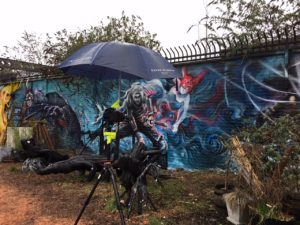 |
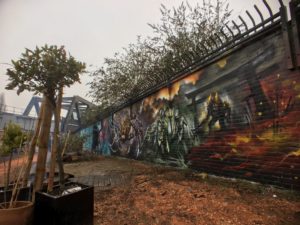 |
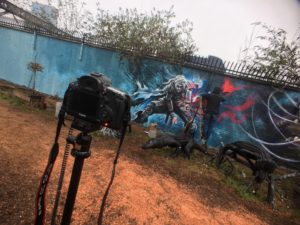
Google Play
After PlayStation, Tom then started another timelapse job, again with Jim Vision, this time for Google Play. This was to document more commissioned street art to announce their Indie Games Contest finalists but in a prescriptive, structured graffiti style with less freehand involved. London-based agency and production company Gramafilm helped create and cut the video of the shoot, including the hyperlapses and timelapses that Tom shot for it.
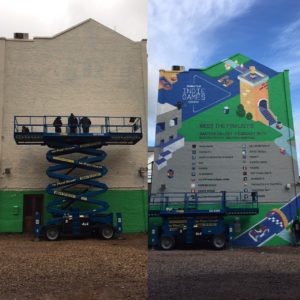 |
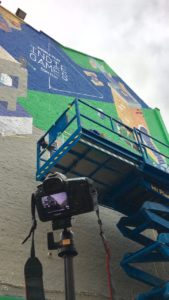 |
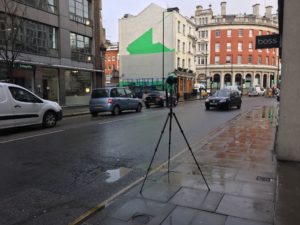
Tom shows that timelapse and hyperlapse can be particularly useful tools for branded content and promotional material – and that it can be used on large scale projects like Xbox, PlayStation and Google, or smaller, personal projects like his London video!
To see Tom Chambers’ freelance showreel, visit our cameracrew gallery.

